In 2019, our Facebook and Instagram feeds are overflowing with influencers touting the latest diet fad, supplement and meal replacement shake. We all care about our bodies, but in an era where every post is targeted to try to make you purchase a product, it is hard to tell what will actually be beneficial to your health and what will just drain your wallet.
That’s what makes the story of PBCo. so amazing and inspiring. What started as a loaf of low-carb bread that put a smile on the faces of customers at a humble cafe in Sydney, is now a one-stop eCommerce shop for all types of nutritionally rich baking mixes (and many other products) that you can bake yourself at home.
We caught up with co-founder Luke Hopkins to hear about PBCo.’s story and learn how Metorik has been helping them kill it in the eCommerce world.
High-protein, low-carb baking mixes is a very specific product. Why did you choose this?
I left school at the age of 15, and after trying every career path under the sun, I decided to start my own marketing and advertising agency. After doing this for 6 years, I realised I wanted to move out of advertising and do something a lot more beneficial for humanity.
At the same time my sister Anna, who is the other co-founder of PBCo., owned a cafe called ‘Whole Meal Cafe’ in Darlinghurst, Sydney. She recognised that customers were coming in and either ordering items with bread, but then feeling guilty, or, ordering a salad without bread, but then felt bad because they were missing out. A real Catch 22. From this stemmed the idea of creating a product that allowed people to enjoy the bread experience, but that ‘nutritionally supported their bodies rather than hampering them’.
After 12 months of iterating on that original concept, we were left with a product that resembled a loaf of bread.
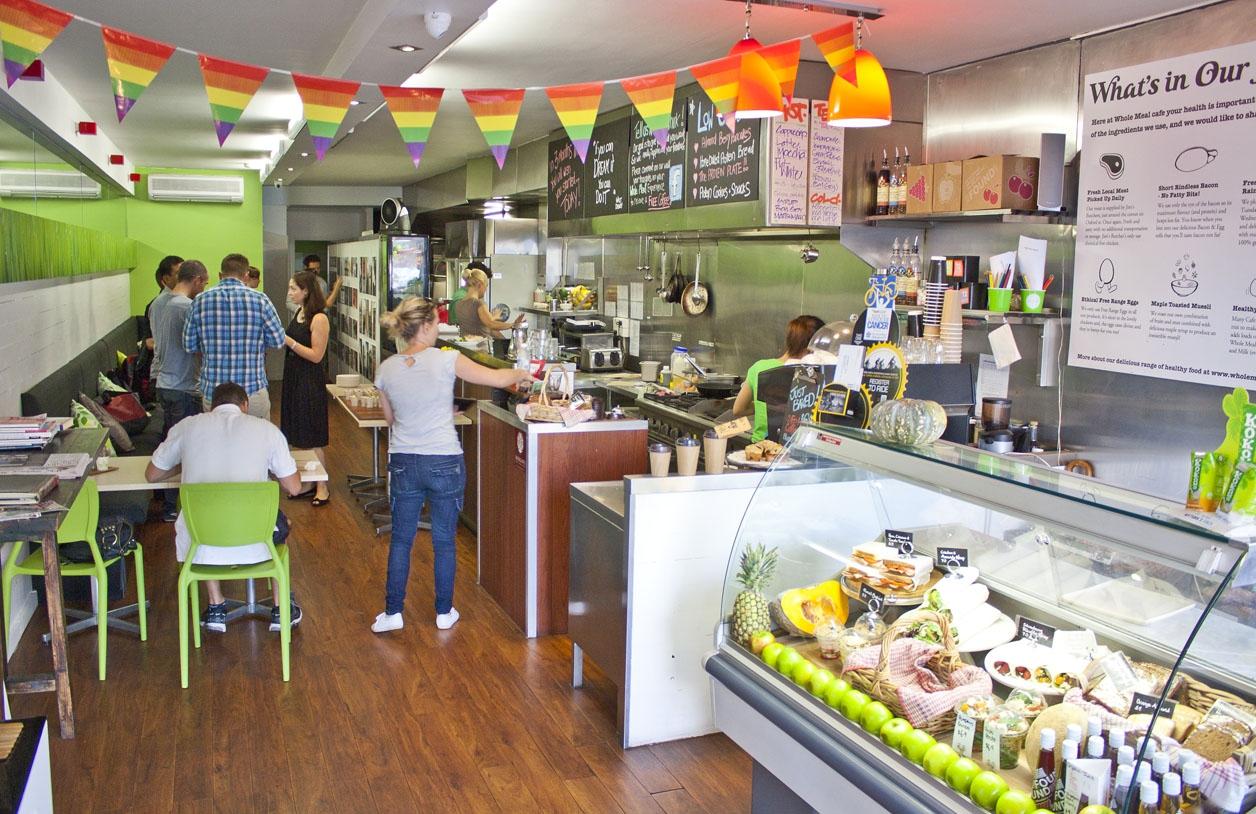
Tell me more about this first product you created that “resembled a loaf of bread”.
Due to the low scale of production and high cost of ingredients (we were purchasing almond meal and whey protein at retail prices), we sold the loaf for $24 in the early days at the cafe.
Customers still purchased it as there was nothing like it on the market, and to a degree, there still is nothing like it today. People were coming into the cafe and saying it was the first sandwich they had eaten in 20 years.
We were starting to gain a strong social media presence, and demand was high both in Australia and overseas. It was at around this point we decided to close the cafe and focus on selling this loaf of bread.
Shipping a fresh loaf around Australia must have been a challenge, right?
Yes, it was! Being a localised business in Sydney, getting this fresh loaf of bread to customers all around Australia was tricky. We tried sending it fresh with different packaging solutions, but ultimately, sending a refrigerated fresh product around Australia (one of the biggest and hottest continents in the word), was ambitious...and as you would expect, didn’t work so well.
We ended up turning the loaf of bread into a dry mix, that customers could then bake themselves at home (by adding the eggs and water).
At what stage did you transition from selling out of the cafe to other sales channels?
It was about this time that we also introduced a new product, the Protein Pancakes, just so we had a couple of product offerings. That led us to set up the WooCommerce shop and start scaling and shipping products all across Australia.
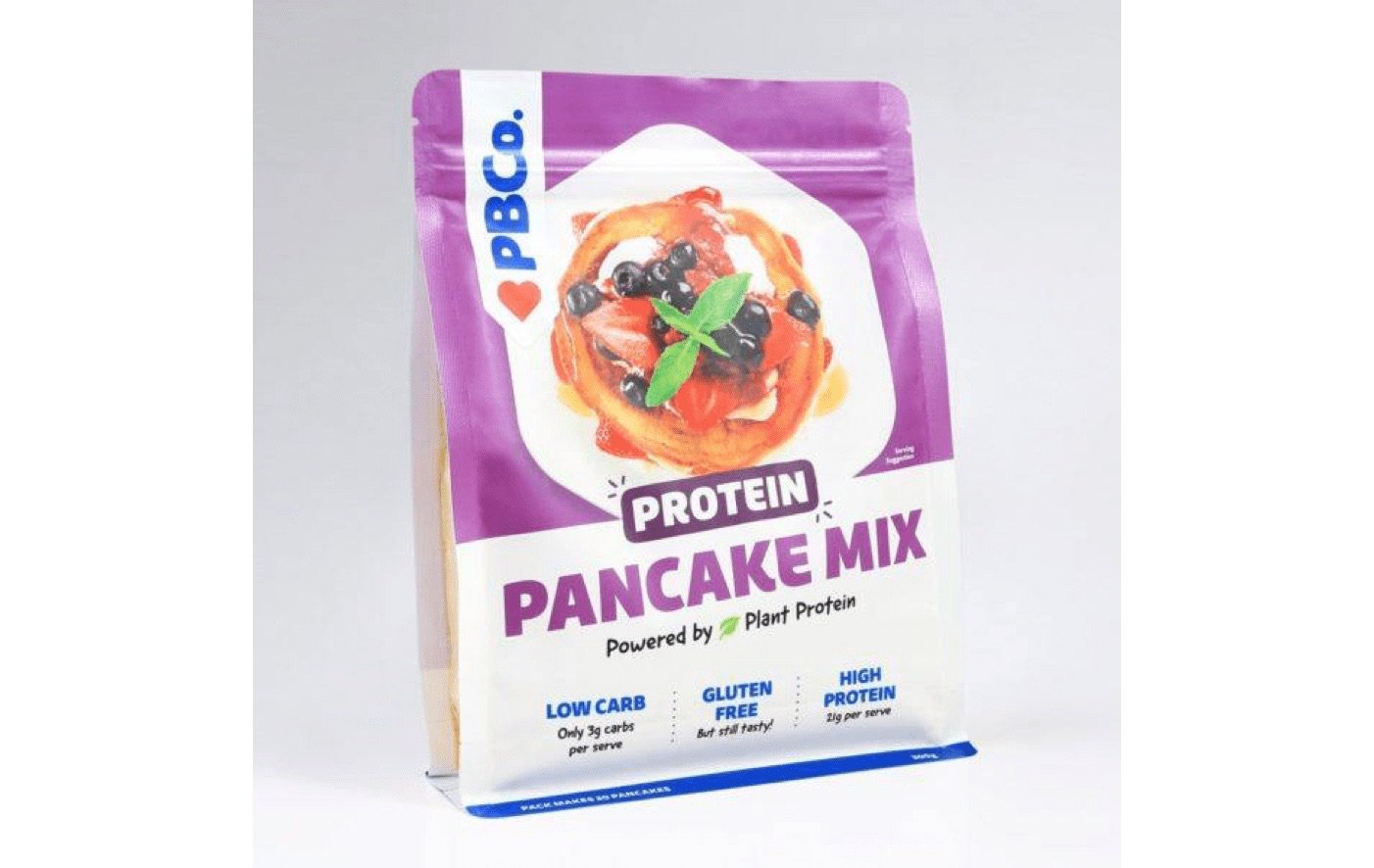
Was there a stage in the early years (before you became profitable) where you weren’t sure if the business was going to make it?
We were always confident it was going to work. The demand for the product was there, it was just about how we facilitated the delivery of the product to the customer.
You have your doubts from day to day. Some days you wake up and think “what the hell am I doing?". I was recently speaking to a friend who just started a business and she asked me, “How often do you have mental breakdowns as an entrepreneur?” And I said, “probably weekly”. It is just such a roller coaster ride.
You have those moments where you second guess yourself. But then you look at the benefits it’s creating for customers, you get a few wins and some momentum, and you remember that it was just a silly, normal, and transient thought.
Let’s talk WooCommerce, why did you choose it and not another platform?
When we first launched the online store, we were actually using Shopify. It was really easy to set up, and because I wasn’t sure of exactly where we were going, I thought let’s just whack something together and get it up on the internet as we could always change it later.
Once we got a little bit of scale behind us and better understood what our mission was, who our customers were and how we wanted to interact with them, it quickly became apparent that Shopify was incredibly limited. Specifically in terms of being able to customise and install different plugins to increase the website's functionality. Additionally, not many people know Liquid (Shopify’s templating language), compared to developers that know PHP, HTML, CSS and Javascript. It was definitely going to be a limiting factor in our growth.
When I was investigating other solutions, it was clear that with my experience with HTML, CSS and a little bit of PHP, WooCommerce and WordPress were going to be the best way to go. It meant that I could build parts of the site, and when something was beyond my capabilities, I could easily find a PHP developer.
“You need to be thinking down the track, if you think about just today and right now, quite often you’ll end up shooting yourself in the foot”.
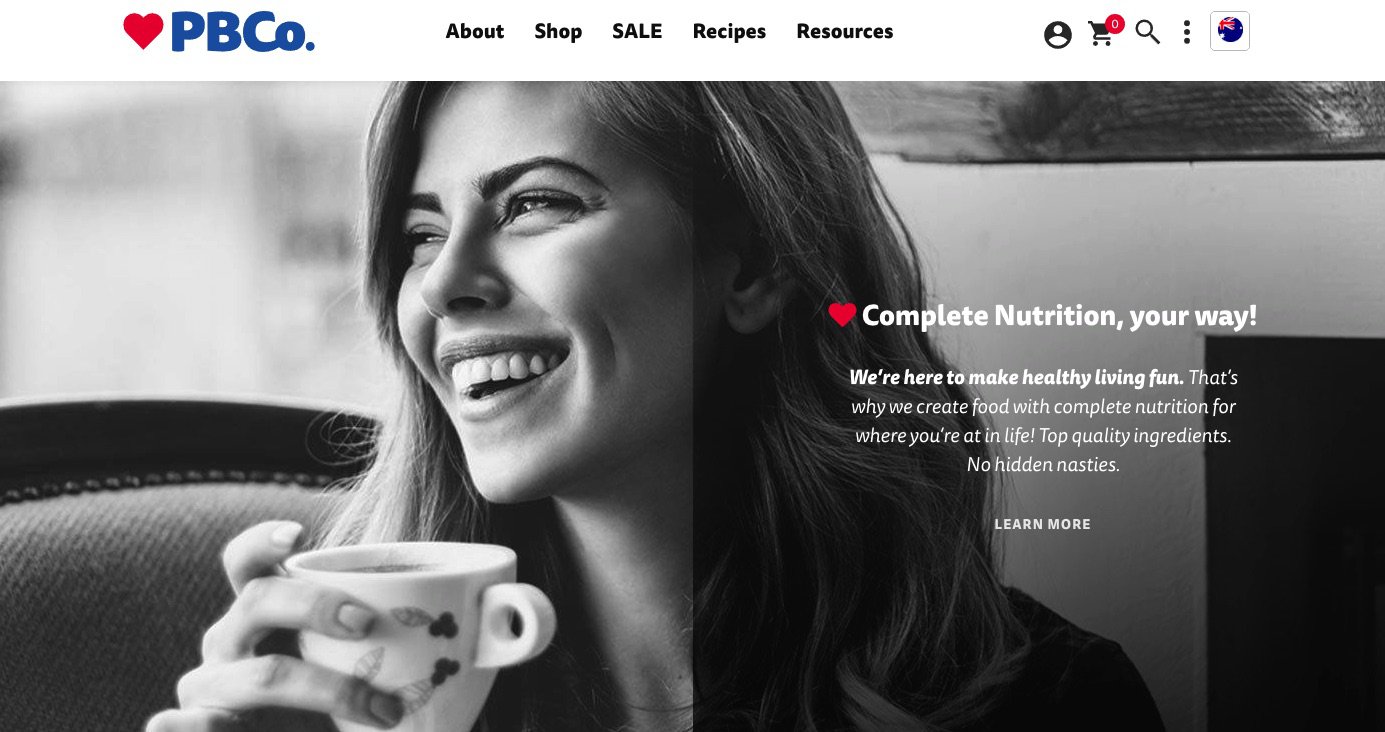
I heard from Bryce about a custom WooCommerce app you’d developed to assist with fulfillment in the warehouse. Can you tell us a bit about that?
We developed a program called ClearShip. It was actually inspired by Bryce and built using the same technologies as Metorik (Laravel, Vue, etc.). We blatantly ripped that from you ;)
It sits between our website (WooCommerce) and Australia Post’s eParcel portal. It’s similar to the likes of Shippit, Tomando and Shipster. It basically brings all the orders in, so you can process them, error check them, validate and filter them. Then you can generate the shipping labels and print them out straight away.
When we originally built it there was nothing like it out there. The only other way to do it was to download the CSV file, format it, then manually upload it to eParcel. I actually paid a Visual Basic developer to write a script to move the columns around into the right format for eParcel to save us doing it manually. But it was just clunky and complicated.
By being on WooCommerce, we could easily integrate our program with it. It cut our order processing time from 3 hours to 15 minutes.

How did find out about Metorik and why did you subscribe?
There’s a great story there!
We had been using WooCommerce for a number of years, and I was always struggling with the lack of reporting. For example, I could see that we had sold $5,000 of stock today, but had no way of finding out who bought it and where they were from… it was just this black hole.
I’d been looking for something that could help with reporting for about 12 months and every couple of months I’d have an outburst saying, “This is ridiculous, there’s gotta be something out there. So many people are using WooCommerce, how can the reporting be so crap?”
I remember one Sunday I was sitting home at my desk having my morning coffee. I googled ‘WooCommerce Analytics’ or something like that. This purple website came up, and I was like, “wait a second, I haven’t seen this before!”. I had researched everything, so I knew every shitty solution out there, back to front.
I signed up, which was really easy. I imported all my store data, started playing with it and was so blown away. It was almost like “an emotional experience”. I had been looking for something like this for so long, and not having something like it for the last 12 months had been causing so much pain and frustration.
I could finally answer the questions that I had been asking for so long! “Where are my customers based? What are they ordering? How many times have they ordered before?” Basic questions that any eCommerce store owner needs to answer.
Literally 15 minutes after starting a trial, I popped in my credit card and subscribed.
What would you say is your favourite feature in Metorik?
There are a few…
One is around customer retention. Even if you were to export your data into a CSV file from WooCommerce, you need to really know what you are doing in Excel to be able to generate any actionable information.
So to be able to quickly see, out of my customers that have ordered a certain product, how many have come back... that’s one of the most important metrics that any business needs to be tracking. It doesn’t matter how many new customers you are getting, if they aren’t sticking around and placing another order, then it’s kind of irrelevant, and you haven’t solved the problem.
My other favourite feature is the ability to create advanced customer and order segments.
We had a situation last year where some customers were sent a product with a small printing error on the packaging. We needed to quickly figure out which customers ordered that particular product between a specific date range. I was able to generate that segment within about 30 seconds, export the data to a CSV, import into MailChimp (this was before Engage was released or I would have just used it) and send those customers an email to let them know that there was an issue with the instructions on their product.
“It’s not just marketing that Metorik helps with, it’s every aspect of the business. It’s like having an amazing personal assistant. You can say, find me this piece of information. You would expect with an actual personal assistant it would take them the whole day, but with Metorik you can figure it out in a few seconds.”
Do you use Engage to send automated emails to your customers?
I do and I absolutely love it. The simplicity and flexibility to send those extremely targeted emails is just so beneficial. It allows you to create a better brand and experience for customers.
An example of an Engage automation that we have set up is when a customer buys our Protein Banana Bread mix. Two days after they place the order, Engage sends them an email reminding them to buy bananas. It’s important that the bananas have had a chance to ripen, so we want customers purchasing them before our mix arrives. This greatly enhances the customer experience.
We’re not selling the customer a packet of banana bread - they don’t want that. What they want is the enjoyment of having freshly baked banana bread with their morning coffee. So everything that we can do to help that process be as smooth and seamless as possible is where we can really add value.
That’s where communication can be so vital and tools like Engage can help to facilitate that highly personalised conversation at scale.
How have you found having multiple team members using Metorik?
The good thing is that Metorik is so easy to navigate. The interface is so user-friendly that even if you had no idea what you are doing, you could figure it out just by clicking around. That made it really easy to get new team members on-board with it.
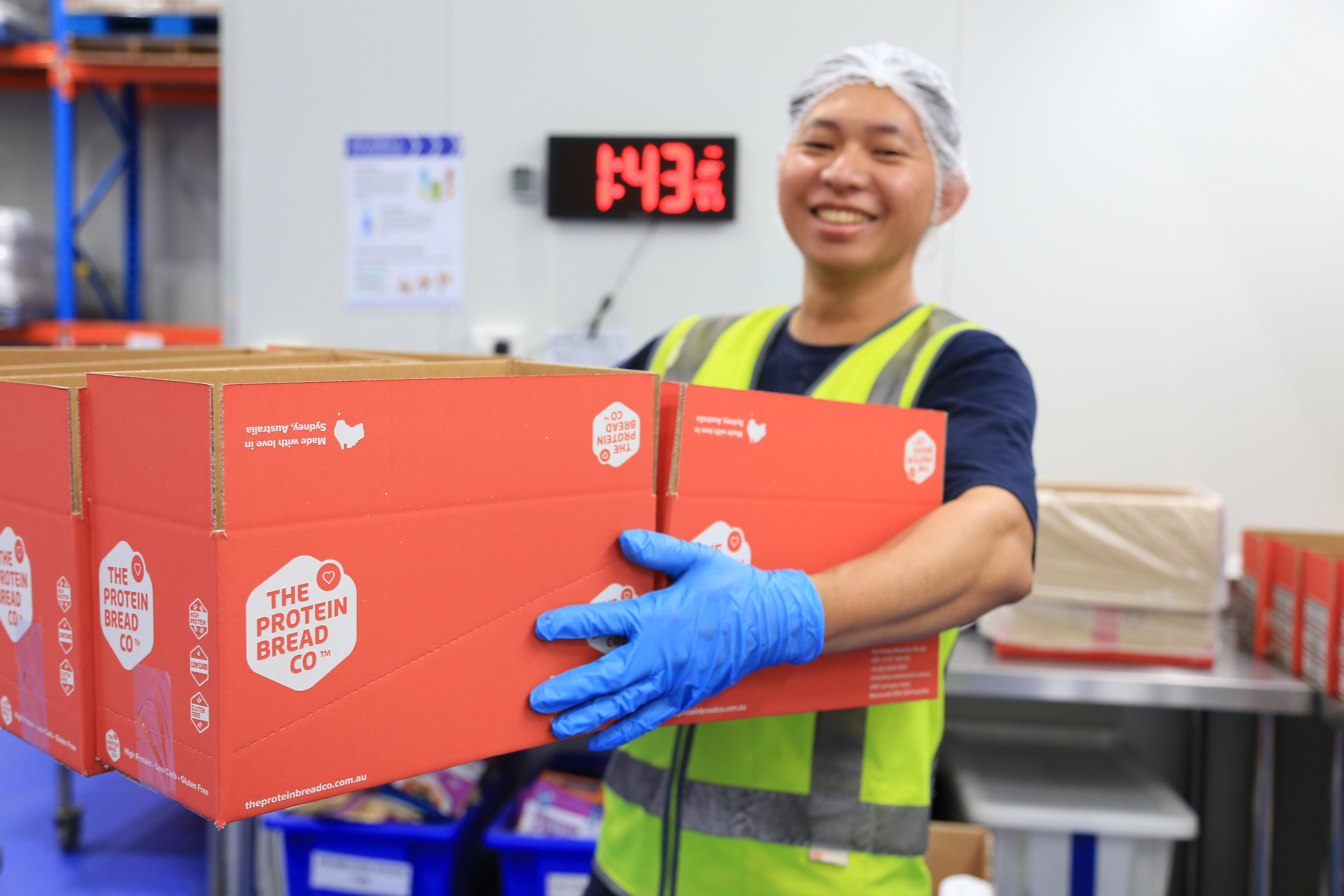
We utilise it as a team in a few different ways:
I use it myself for larger strategic business analysis.
Jo, our community manager that heads up our customer service team, uses it frequently when customers have questions abound their orders. Instead of going into WooCommerce and trying to find an order manually, the customer’s details and order history automatically appears on the side of every support ticket in our support system.
Michelle, who looks after our stock management and book-keeping, uses Metorik to bring up reports of how many units were sold, and what the revenues of products were during certain periods. This is very helpful from a financial perspective and can then be used to drive purchasing decisions.
The last piece of the puzzle is dispatch. Before we created ClearShip, we set up a monitor in the dispatch area in portrait orientation. It was connected to Metorik and was essentially used as a digital packing slip. You could type in any order number and it loaded all the necessary packing information.
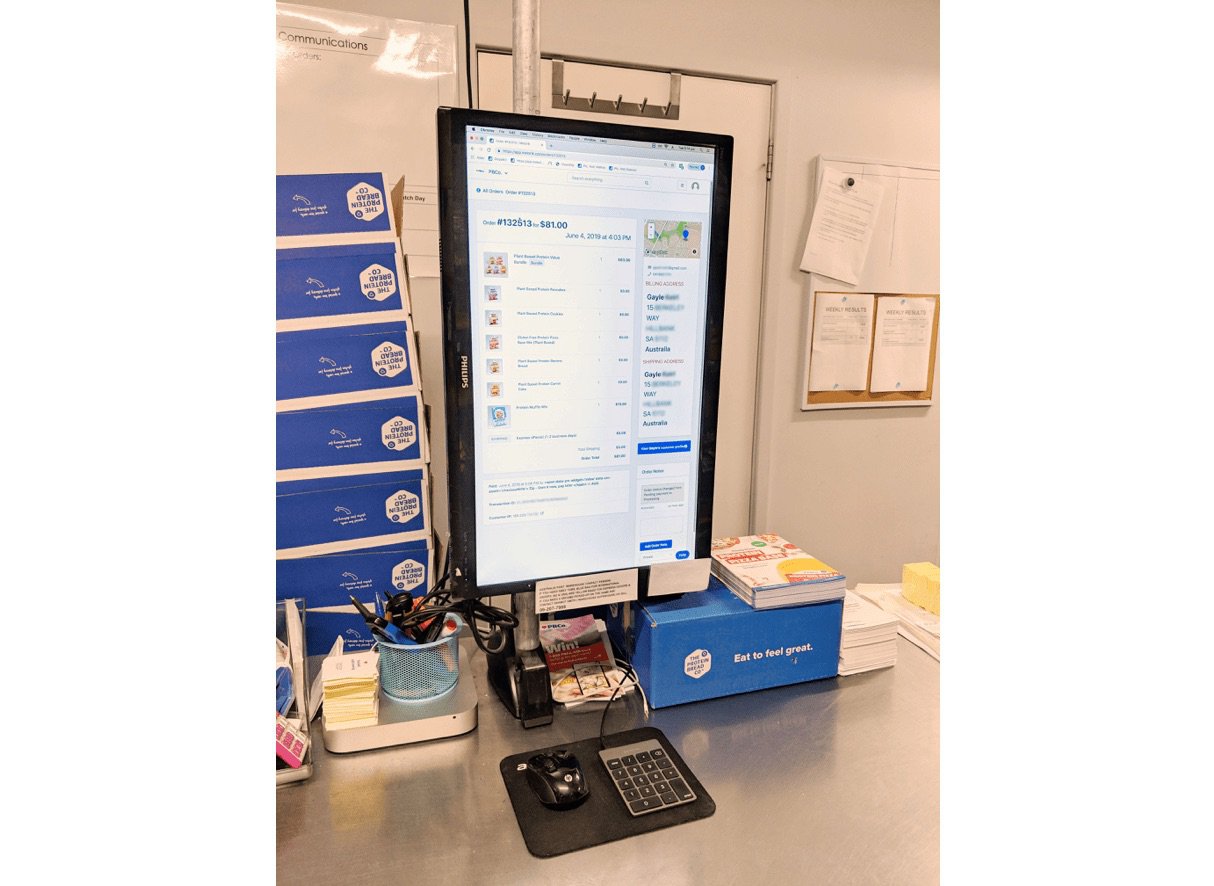
Do you use any integrations with Metorik?
We love the Help Scout integration. Quite often customers will email about their order without providing their order number. With the integration, provided they have used the same email address they used to place their order, their order details will automatically appear on the right-hand side of Help Scout.
We also love the digest integration with Slack. We have a sales digest that comes in every day, week and month.
What type of WooCommerce store would you recommend Metorik to?
All of them!
I can’t foresee a reason why you wouldn’t need this information if you're trying to grow your business. The information you get is just so valuable, it doesn’t matter if you're doing 5 orders a week or 5,000.
“You need to be able to answer these questions to grow your business, and Metorik really does that in a way that WooCommerce doesn’t."
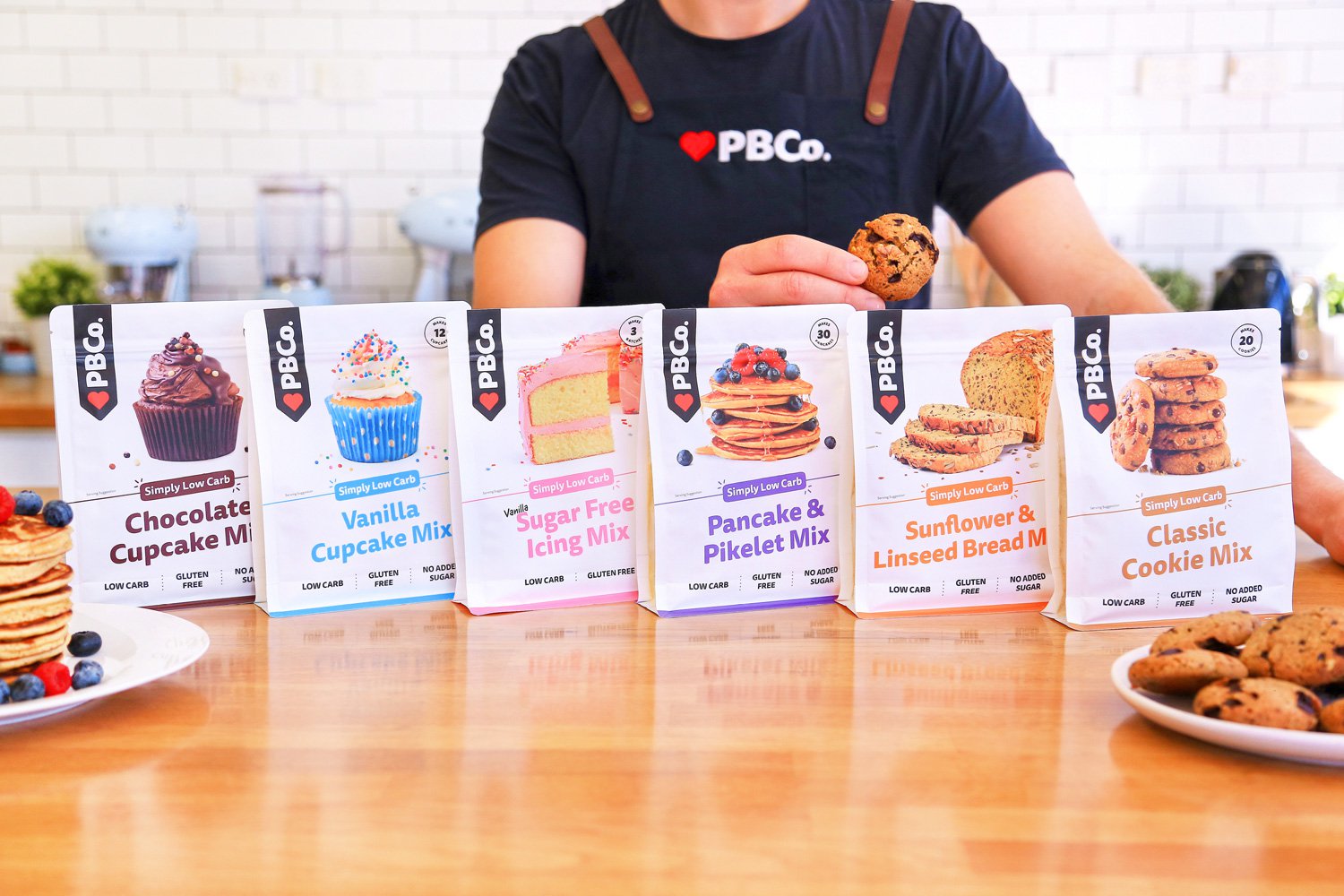
-1549438730.jpg)
